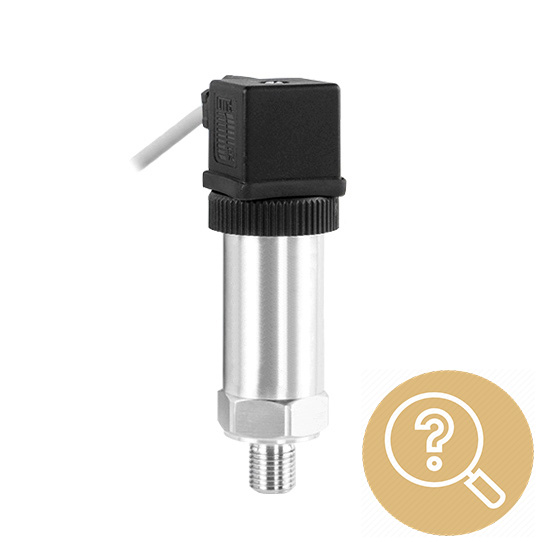5 Common Problems With Pressure Sensor
Sun, Jan 29 by ATO.com
Pressure sensors today are more rugged and reliable than ever. Made of stainless steel construction, they provide abundant overpressure protection, improved total error band, and offer negligible orientation and vibration effects. They are ideal for long-term use even in harsh environments of extreme temperature, humidity, and vibration.
In the following, ATO industrial automation will introduce some of the common problems with the pressure sensors.

- The pressure sensor output cannot go up. In this case, check whether the pressure interface leaks or is blocked, as normal. Check the connection mode. If the connection is correct. Then check the power supply, if the power supply is normal. Please check whether the sensor zero has output, or simple pressure to see whether the output changes. If there is a change, the sensor is not damaged. If there is no change, the sensor is damaged. Other reasons for this could be a broken meter.
- Pressure sensor output does not change, then pressure transmitter output suddenly changes, pressure relief transmitter zero can not go back. The reason for this phenomenon may be caused by the pressure sensor seal ring, which has been encountered many times in the use of our customers. Generally because of the sealing ring specifications (too soft or too thick), when the sensor is tightened, the sealing ring is compressed into the sensor pressure port inside the plug sensor, pressure medium can not go into the pressure, but the pressure is very large when suddenly burst the sealing ring, the pressure sensor is changed by pressure, and the pressure is reduced again, the sealing ring and back blocking the pressure port, the remaining pressure can not be released, Therefore, the zero position of the sensor cannot be lowered. The way to eliminate this reason is to remove the sensor, directly check whether the zero position is normal, if normal, replace the appropriate sealing ring and try again.
- Large deviation between transmitter and pointer pressure gauge. The first deviation is normal, then confirm the normal deviation range, confirm the normal error range method: calculate the error value of the pressure gauge for example: pressure gauge range is 30 bar, accuracy 1.5%, small scale 0.2 bar normal error: 30 bar*1.5%+0.2*0.5 (visual error)=0.55 bar.
- Error value of the pressure transmitter. For example, the measuring range of the pressure transducer sensor is 20 bar, the accuracy is 0.5%, the accuracy of the instrument is 0.2%, and the normal error is: The possible error range of 20 bar*0.5%+20 bar*0.2%=0.18 bar in the overall control should be based on the error range of the device with a large error value. For the above example, the sensor and transmitter deviation within 0.55 bar can be considered normal.
- Influence of mounting position of differential pressure transmitter on zero output. Because the measuring range of the differential pressure transmitter is small, the weight of the sensing element in the transmitter will affect the output of the differential pressure transmitter, so the zero position change in the installation of the differential pressure transmitter is normal. When installing, the pressure sensitive part of the transmitter should be vertically perpendicular to the direction of gravity. If the installation conditions are limited, the transmitter should be adjusted to the standard value after fixed installation.

